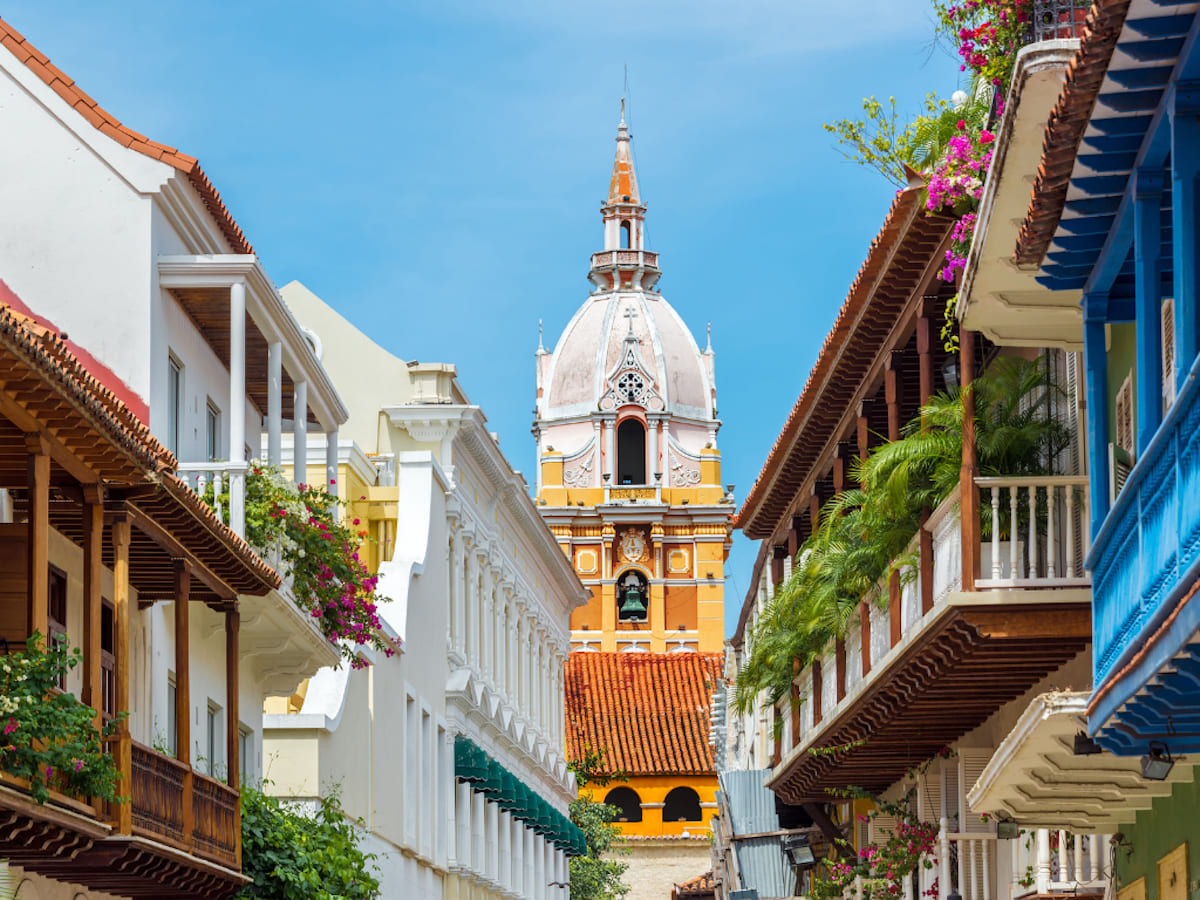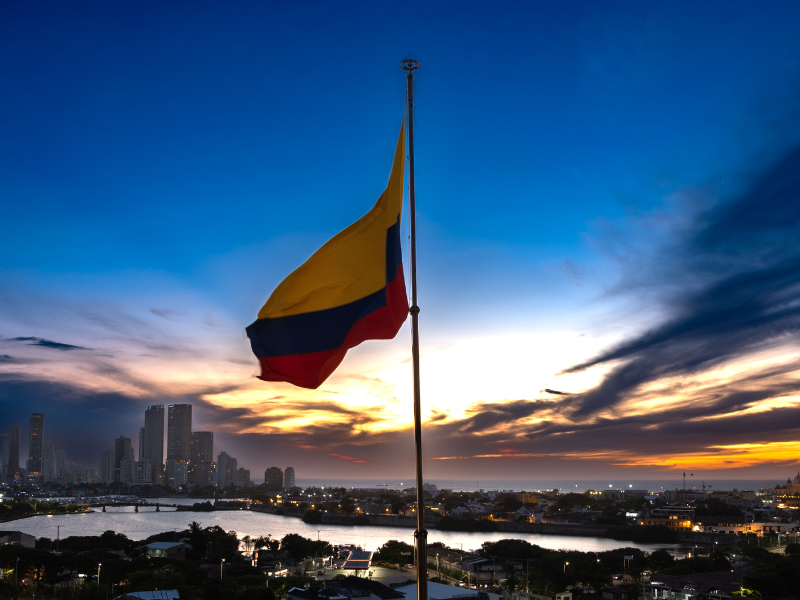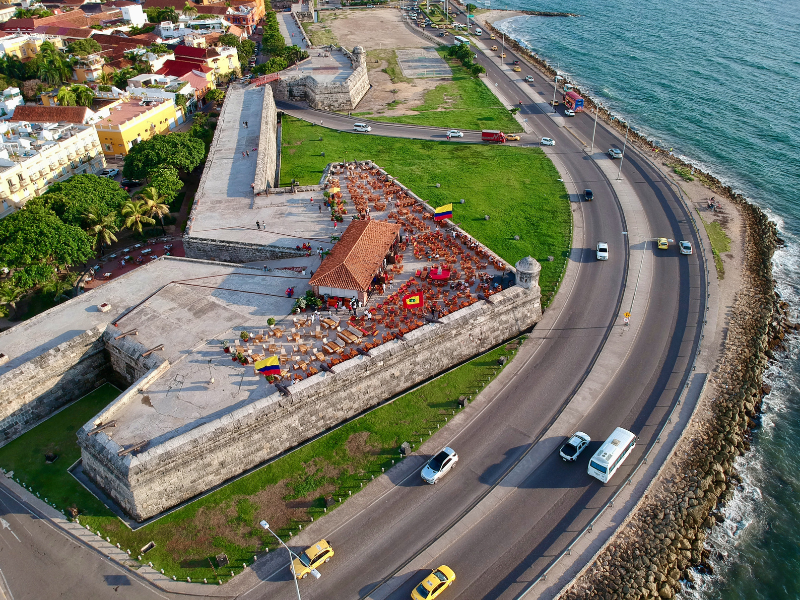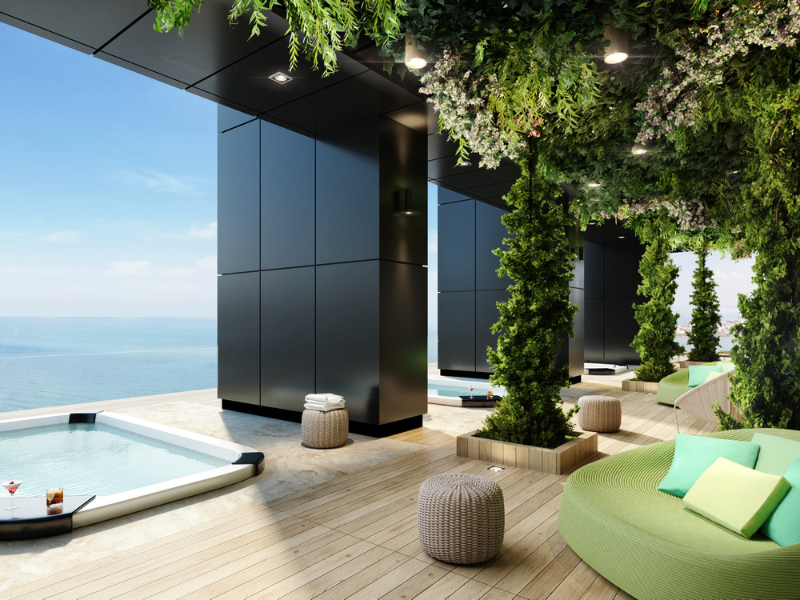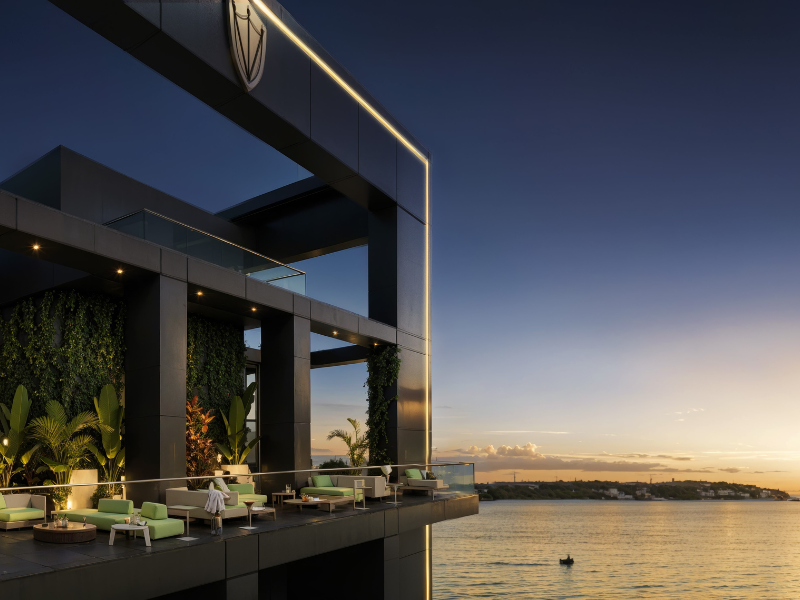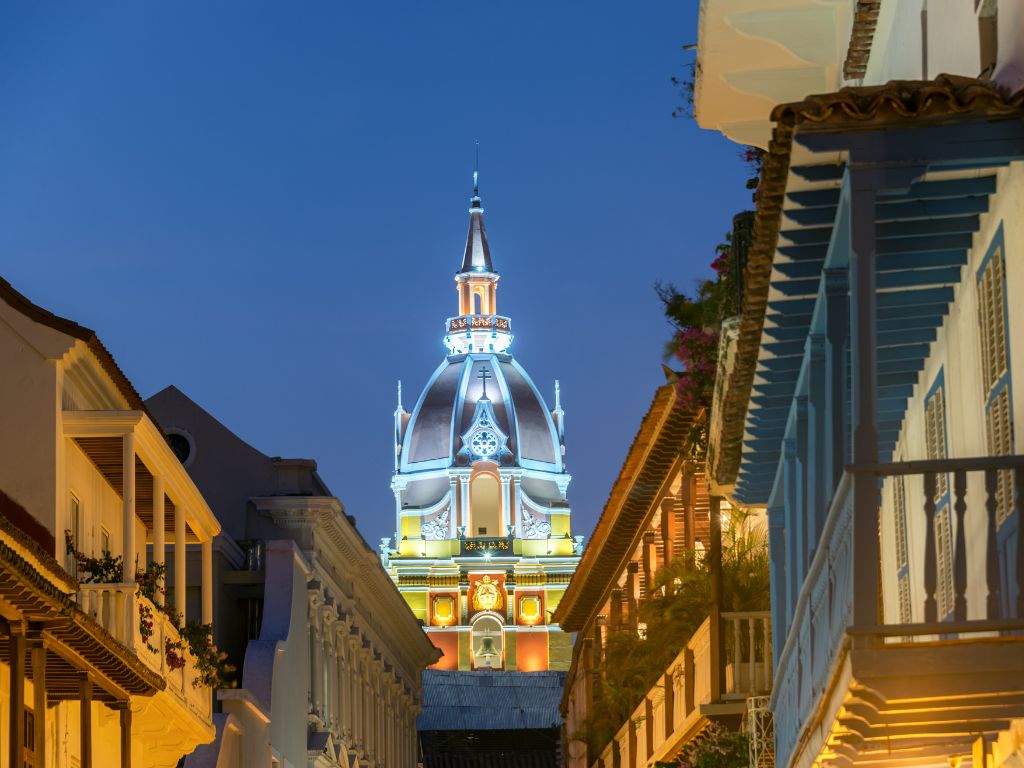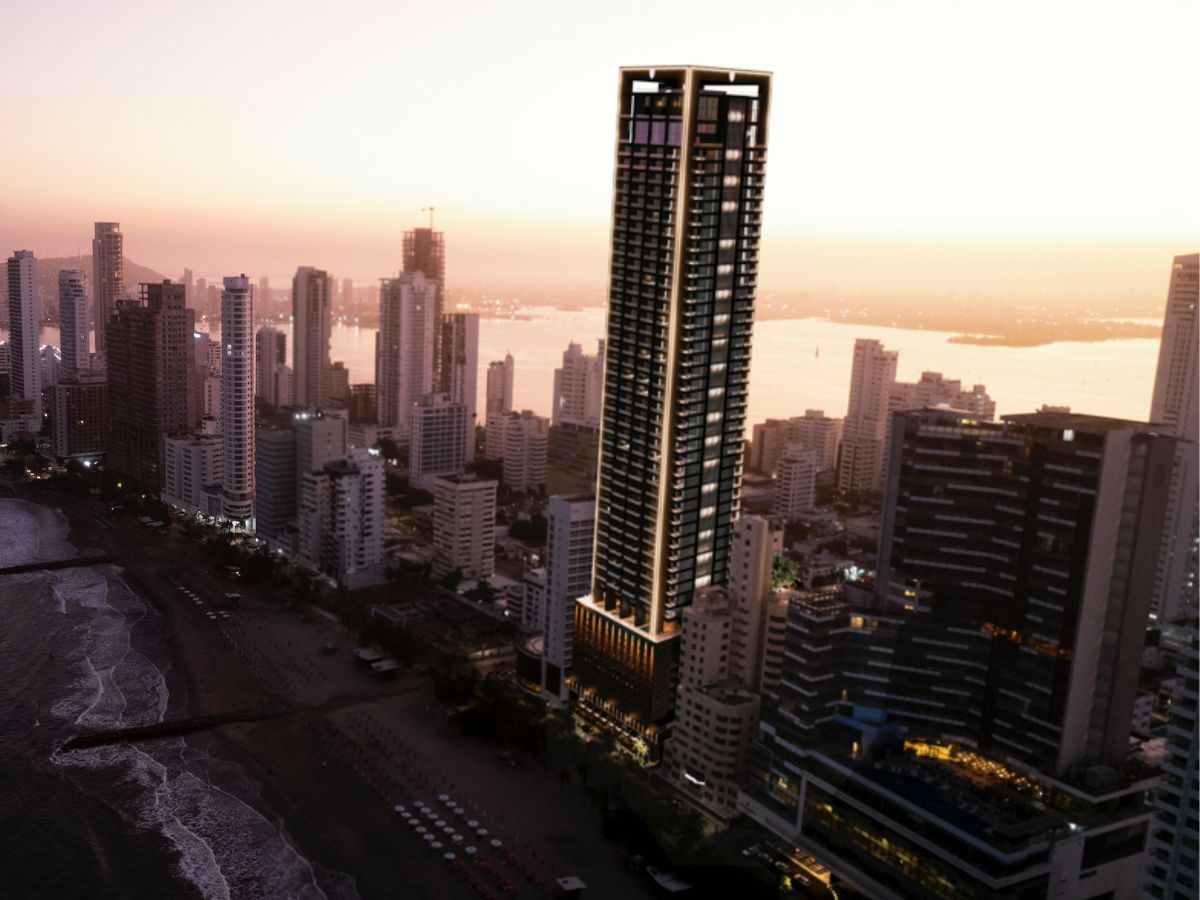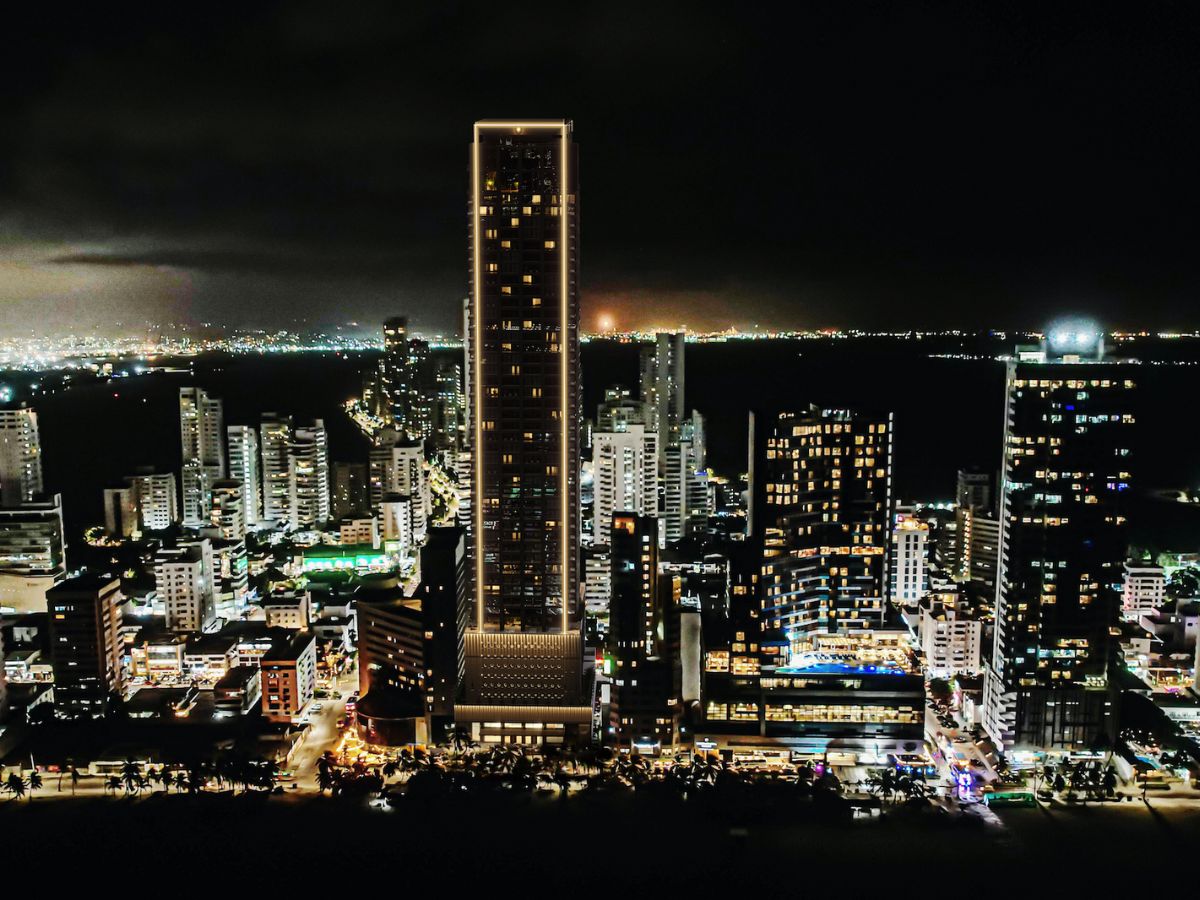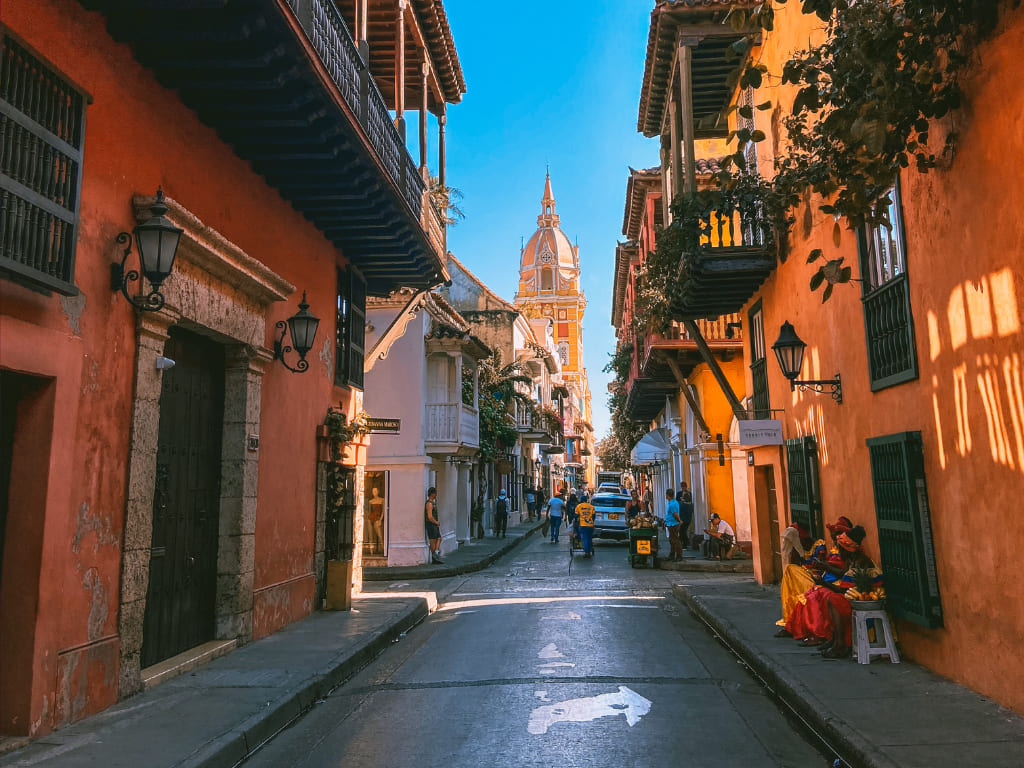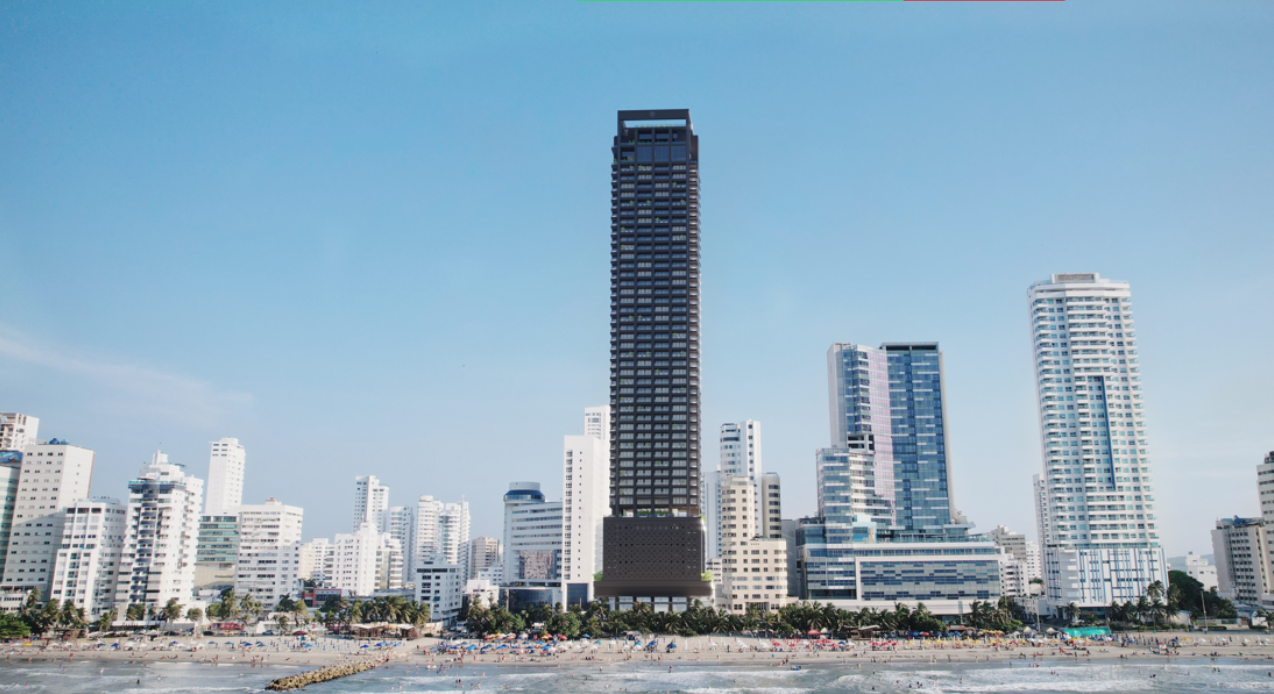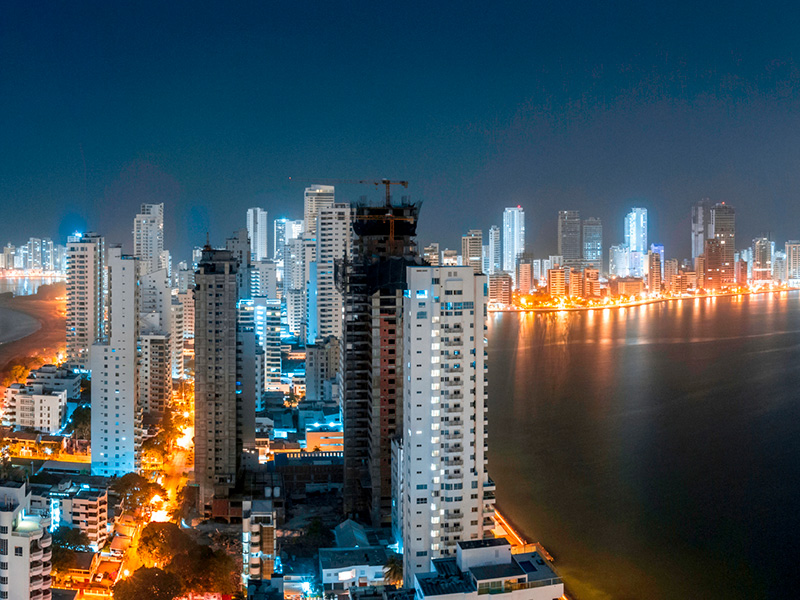
As the boat sped away from Cartagena, I held on a little tighter to the handrails, watching the city line quickly diminish on the horizon. In a matter of minutes, I could only see the Caribbean Sea and lush mangroves lining small undeveloped islands. When I finally got to my destination — a private beach in Isla Barú — I was in a beachy oasis with no signs of Cartagena de Indias, the bustling city I was actually visiting. It’s exactly this juxtaposition that makes this Colombian city — named one of the best places to travel in 2024 by Travel + Leisure editors — so special. If you want a beach vacation, you can visit white-sand beaches and turquoise waters that the Caribbean is famous for. If you want more culture, then the walled “Old City” — a UNESCO Heritage Site — is teeming with history. Elsewhere in Cartagena, towering new buildings spotlight just how much the area has modernized and its potential for growth. (Colombia, as a whole, saw a 222 percent increase in international tourists between 2010 and 2022.) In Cartagena, growth in 2023 included the debut of Casa Pestagua, a historic 17th-century mansion that underwent a $15-million renovation in the Old City. The owners also opened up overnight bungalows at Acasi — a private beach in Barú that is a popular day-trip spot. Next year, Disney's “Encanto”-themed tour of Colombia will include a stop at Cartagena and the city is slated to welcome a Four Seasons hotel. “Cartagena has something to offer everyone,” Boris Seckovic, a T+L A-List advisor and co-founder of Amakuna, told T+L. “There's ample architecture and history, and high-end dining, Cartagena being home to some of Colombia’s leading chefs. Cartagena is also known for its nightlife, particularly around the holiday season.” Back in the Old City, I couldn’t get enough of the charming cobblestone streets lined with colorful walls, quaint wooden doors with whimsical doorknockers, and diverse architecture. (According to Seckovic, the city has a mix of classicist, baroque, neoclassical, and republican architecture.) Vendors set up shop on the corners selling the likes of arepas, limonada de coco, and fresh coconuts. Even while aimlessly roaming the area, I stumbled upon street performers, vibrant murals, the iconic "La Gorda Gertrudis" sculpture by Colombian artist Fernando Botero, and countless boutiques. During my recent visit, I went on a walking tour of the city with Galavanta, which offered both fun tidbits of trivia and important historical context about how Cartagena became the city it is today. I learned that the aforementioned whimsical doorknockers that I couldn't stop taking pictures of symbolized the resident’s profession back in the day. A lion, for example, meant the home belonged to a military family. I also learned that Cartagena was once Spanish America’s largest slave port. David Wheat, an associate professor of history at Michigan State University, told T+L that at least 100,000 were trafficked through the city between 1570 and 1640 from the likes of Guinea-Bissau, Senegal, The Gambia, Sierra Leone, Angola, and the Democratic Republic of Congo. Jose Palacios Preciado, the former director of the Colombian national archives, told The Atlanta Black Star that 1.1 million Africans were trafficked through Cartagena. After learning about the city's history, it became hard not to see Afro-Colombian culture in everything from the music to the art. "The music we listen to is called champeta and it is African beats-based," Alex Rocha, an Afro-Colombian who owns Experience Real Cartagena, told T+L. "We have poets like Candelario Obeso and writers like Manuel Zapata Olivella, the author of 'Changó, el gran Putas.'" I would soon learn that even the eye-catching palenqueras, who sport bright dresses with bowls of tropical fruit on their head, were instrumental in rebelling against slavery. Fernando Rivera, a guide working with Galavanta, told me that many enslaved people ran away to create their own villages that the Spanish government called palenques. "Women were crucial in aiding in the escapes. They knew the enslaver’s lifestyle and were able to time the best moment for the escapes,” Rivera said. “Women could also move throughout the city, which made them the perfect messengers and guaranteed the palenques would be safe." These contributions led to the formation of San Basilio de Palenque, which made history in 1713 as the first free town for Africans in the Americas. Today, centuries later, palenqueras sell fruit throughout the Old City. (Though, they likely sell more photo-ops to tourists than actual fruit — a clever pivot amid the city’s growing tourism scene.) Both Rocha and Rivera noted there are plenty of sites and landmarks to experience and honor Cartagena's Afro-Colombian culture, including Plaza de San Pedro Claver, San Basilio de Palenque, La Ruta del Esclavo, Monumento a la Palenquera, Mercado de Bazurto, Plaza Joe Arroyo, and Plaza Benkos Bioho. Even Cartagena's food scene carries strong past influences. "Our African ancestors left the legacy of the various foods such as coconut rice; patacones (fried plantains); and different types of fruit-based sweets like dulce de papaya, dulce de coco, dulce de yuca," Rocha said. "There's also sancocho, which is a stew cooked in a pot with vegetables plantains, potatoes, corn, yuca, and fish or beef." (Pro-tip: Roche recommended dining at La Cocina de Socorro, La Picúa, Kiosko El Bony, and La Mulata to explore Afro-Colombian cuisine.) Don't miss popular mainstay restaurants like Celele, Alma, La Cevicheria, Carmen, and Donjuán Cartagena. In 2023, chef Heberto Eljach, the brains behind Alma, debuted Ánima in Casa Pestagua, focusing on the ancestral traditions of Colombian cuisine. “Ánima's relationship with Colombian cuisine is focused on ancient techniques of traditional cooking — this includes preservation methods (cured, salted, fermented, canned, smoked, pickled), the use of local products, artisanal fishing, organic products from the Montes de Maria, Amazon, and other regions of Colombia," Eljach told T+L. And, of course, no culinary tour of Colombia is complete without a coffee experience. After all, Colombia is the leading producer of wash Arabica coffee. My first visit to Cartagena entailed daily visits to Epoca Coffee, coupled with a desperate impulse purchase of coffee beans so I could attempt to replicate this tradition back home. But during my second trip, I joined a coffee experience at Café San Alberto. Here, I learned about Colombia's coffee scene and explored the flavor notes of different beans — I left with a greater appreciation of all the elements at play in making a batch of coffee beans. At the end of my recent visit, I couldn't help but compare my two visits to Cartagena. So much had changed in the four years between my trips — and yet, there was still a rich culture that permeated throughout the city. I found that I was able to relive what I loved from my first visit while also dabbling in new experiences and, ultimately, I was able to curate a trip that had a little bit of everything. This South American City Is One of the Best Places to Travel in 2024 - Here\\\'s How to Visit
